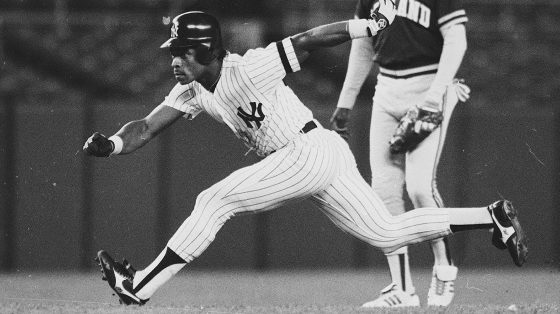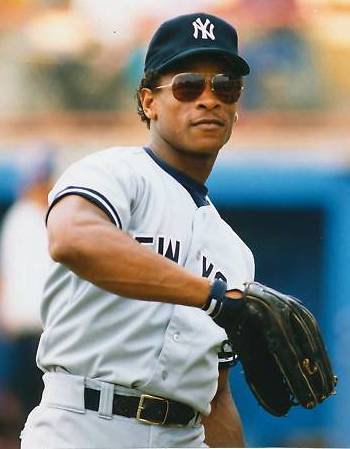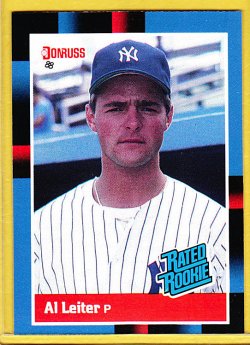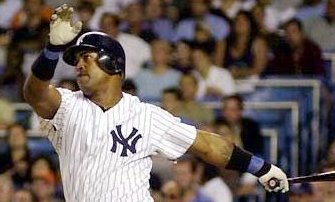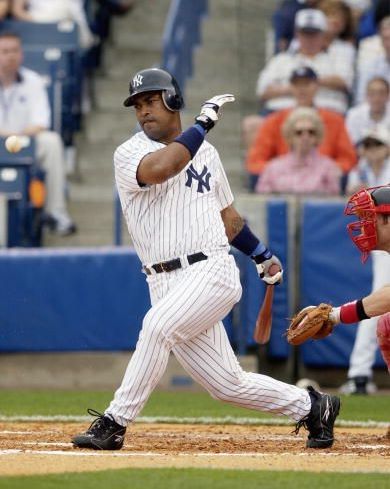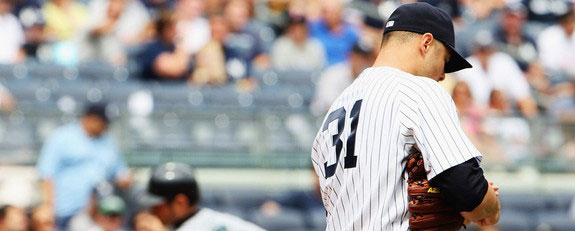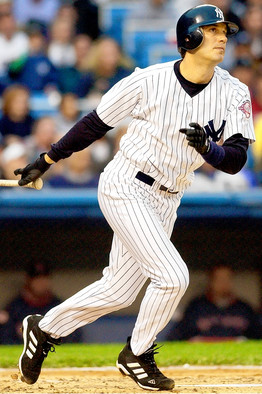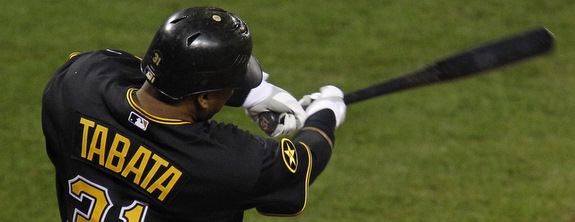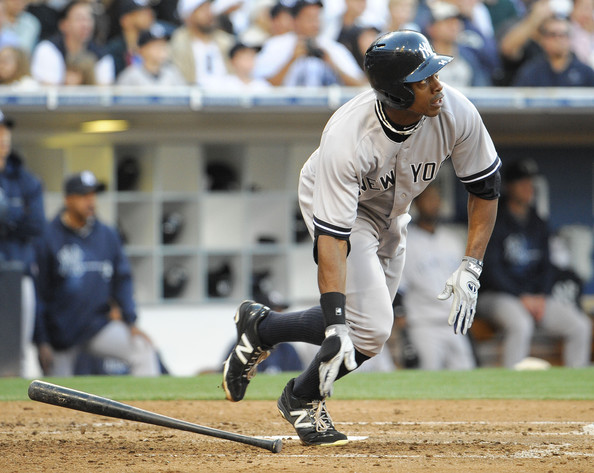
Four winters ago, the Yankees faced a dilemma. Should they bring back Johnny Damon, a huge part of the 2009 World Series Championship team, or move in a different, younger direction?
During the season it actually looked like the Yankees would sign Damon for another two or three years. Given his productivity for the previous two years, and the life of the original four-year contract in general, this seemed like a decent enough idea.
Alas, it was not meant to be. After winning the World Series they did make Damon a two-year, $14 million offer, which he did not accept. With a need remaining in the outfield, and purportedly without the budget to sign Matt Holliday, the Yankees turned to the trade market.
Once we learned that Granderson would become available, the fit seemed logical enough. While the Yankees didn’t necessarily need a center fielder, with both Melky Cabrera and Brett Gardner on the roster, they certainly needed an outfielder with some pop.
At the Winter Meetings, Cashman pulled the trigger on a three-team trade that cost the Yankees top prospect Austin Jackson, left-handed reliever Phil Coke, and starter Ian Kennedy. The price might have seemed a little steep at the time, and even steeper in hindsight. Was the trade worthwhile in the end?
The case at the time
When the Yankees sent those three players to the Tigers and Diamondbacks, the case was easy enough to make. With the losses of Damon and Hideki Matsui, the Yankees needed an outfielder with some pop. If they weren’t going to sign Matt Holliday (because they certainly weren’t going to sign Jason Bay), a trade was the only avenue to that end. Granderson was the best outfielder available on the trade market at the time, so the Yankees were right to pursue him.
The other end lies in what they traded. Few, if any, would miss Phil Coke and his pointing to the sky on home run balls. Ian Kennedy rubbed fans, and likely the organization, the wrong way during his horrible 2008 season. Perhaps he could have pitched himself into a spot on the team in 2009 had he not suffered an aneurysm and missed most of the season. Then again, maybe he just would have been dealt at the deadline.
Losing Jackson certainly hurt, but with the losses of Damon and Matsui, the Yankees did need a little pop. Jackson didn’t hit for much power in the minors, and at the time it was reasonable to think he’d show as much in the majors as Brett Gardner. The potential was there, sure, but the Yankees needed more of a sure thing. It was difficult to argue with the Granderson trade at the time.
Looking back
After a rough first four months in New York, which involved a hamstring injury, Granderson started to turn it around when he put in some serious work with hitting coach Kevin Long. He not only finished the 2010 season strongly, but he had a phenomenal postseason, going 10 for 28 with two doubles, a homer, and a huge triple off Francisco Liriano in Game 1 of the ALDS.
Jackson, for his part, put up decent numbers in his rookie year, though he lead the league in strikeouts. His defense dazzled at times. Earlier in the season it did appear that the Yankees might have been better off just keeping him, but by season’s end it was clear Granderson was coming around.
The kicker came in 2011, when Granderson belted 41 home runs while leading the AL in both runs and RBI. That’s the kind of year that changes the entire thinking on a trade. Not only did Jackson tank, with an 88 OPS+, but it was unlikely he’d ever perform anywhere near that level even in his best-case scenario.
That one year is really what the Yankees can hang their hat on. Jackson came back with a strong 2012 and good 2013, accumulating 14.6 WAR since the trade. Granderson put up only 13.9 during his time as a Yankee. This isn’t the best comparison, of course; defensive values are sketchy, and Granderson has clearly been the better hitter over the last four years (120 OPS+ vs. 105).
Ian Kennedy, for his part, found some success after leaving the Yankees. After a rocky April he went on to produce a 3.68 ERA in the final five months of the 2010 season, and then followed it up with a fourth-place finish in the Cy Young Award voting in 2011. Oh, what could have been.
Of course, there’s no guarantee that Kennedy would have achieved that kind of success as a Yankee. Had he not suffered the aneurysm in 2009 he might have gotten another shot at consistent starts, since the Yankees were hurting for starters towards the end of the season. Had he failed to impress then, chances are he wouldn’t have gotten another shot. Arizona, coming off a 70-92 season, could afford to let Kennedy settle in.
The question in this trade comes down to how you value Granderson’s 2011 specifically, and his hitting in general. The Yankees needed that high-end production, and for at least one year they got it. Though he performed a bit worse in 2012, getting another 40-homer season certainly helps make the trade look a bit more favorable.
Long-term, the Yankees clearly would have been better served holding onto Jackson. He’s had one very good year to go with a few average ones, he plays stellar defense, and he’s still under team control for two more years. In an ideal world, they can keep him and let him play. But where they were at the time, in need of some outfield power, Granderson made a bit more sense.
